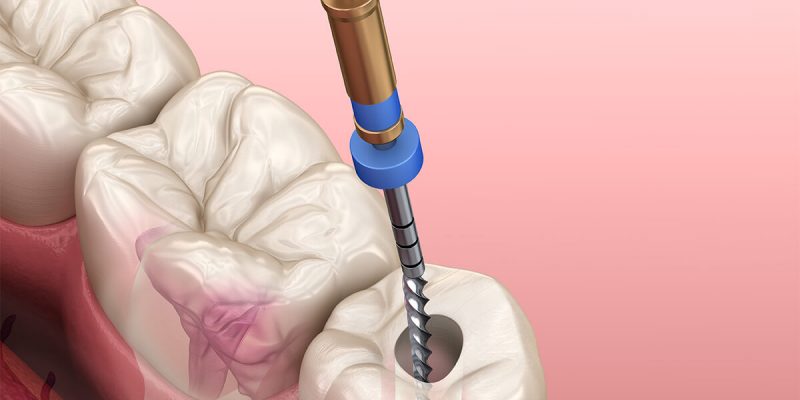The American Association of Endodontists reports that 25 million root canals are done yearly. The technique is intended to keep badly damaged or diseased teeth from being removed. Root canal therapy has a success record of over 95%, providing a long-term cure that can endure for decades to a lifetime; nevertheless, some individuals require the surgery to be repeated. Although it is uncommon, root canal re-treatment is sometimes required. You can consult an NE Philadelphia dental office to learn more.
Understanding reinfected root canals
When a root canal fails, symptoms might reappear anywhere from a few months to a few years later. Endodontic re-treatment might provide alleviation and assist in restoring balance and health. Endodontic re-treatment is when an endodontist removes the initial root canal fillings before cleaning and disinfecting the tooth’s interior. The dental practitioner will then refill and reseal the canals. Like any other root canal, the aim is to save the natural tooth.
Although regular dentists may do root canals, many prefer to go to a professional. An endodontist is a dentist who specializes in root canals and re-treatment. An endodontist conducts 25 root canals weekly, while a regular dentist normally does only two, according to the American Association of Endodontists (AAE). An endodontist must complete a specific training program and obtain a regular dental license.
When is a re-treatment needed?
As with any surgery, there is a chance that the therapy may not proceed as planned, which can be caused by a variety of circumstances, including:
- Delayed crown placement
A temporary crown is intended to be a temporary remedy. Bacteria may have infected the susceptible tooth if the permanent restoration was not placed promptly.
- Complicated root anatomy
Some individuals have complex root systems, allowing germs to lurk in difficult-to-reach areas. Re-treatment is more common in patients with narrow, curved, or complicated canals.
- New decay
Under the restoration, decay might begin, resulting in a new infection in the tooth.
- Salivary contamination
If restoration does not entirely protect the sealed tooth, saliva can slip below and contaminate it.
- Tooth damage
A new infection might occur if the tooth splits, fractures, or experiences other damage.
- Damaged restoration
Over time, a crown or filling may break, allowing germs to damage the underlying tooth.
Are you a candidate for root canal re-treatment?
Root canal re-treatment is done to keep the tooth from being extracted. Saving the original tooth generally leads to better results, and many re-treated teeth can work normally for years, if not the remainder of the patient’s life.
Endodontic surgery, a considerably more intrusive technique, may be required for individuals who refuse re-treatment. Endodontic surgery is creating an incision to obtain access to the root tip. You can consult your dentist to determine which option suits you.












Comments